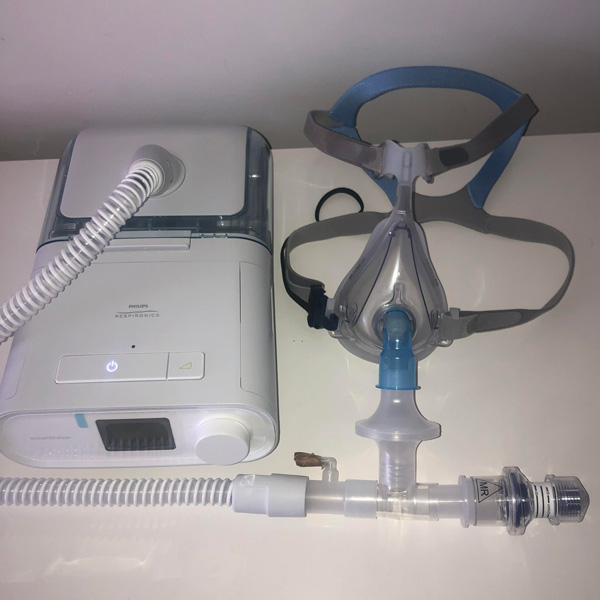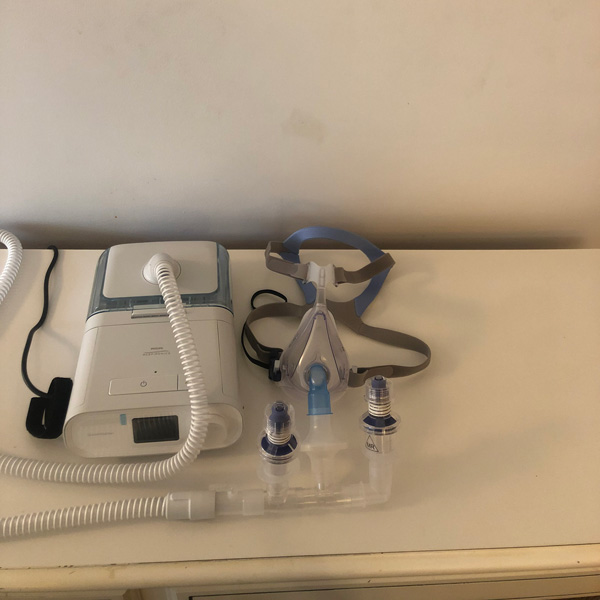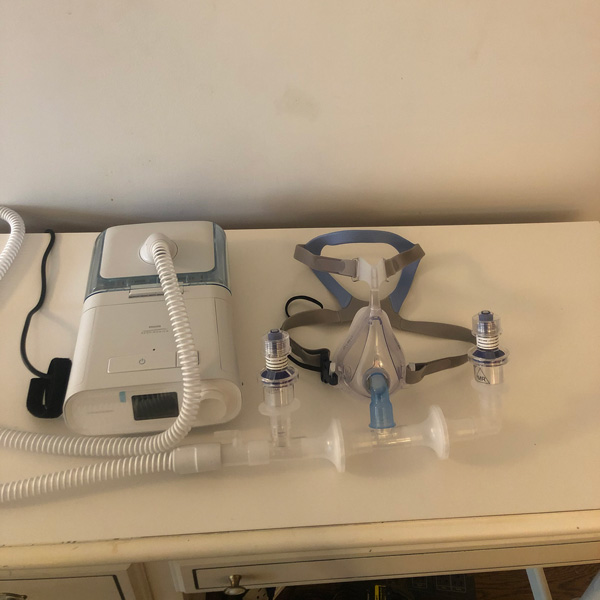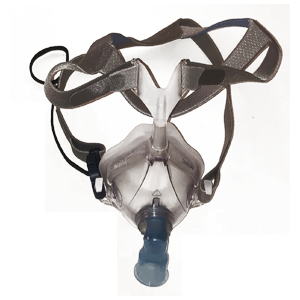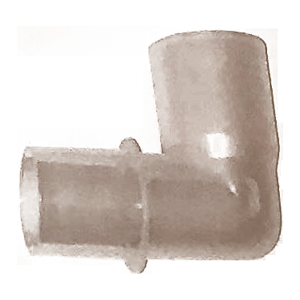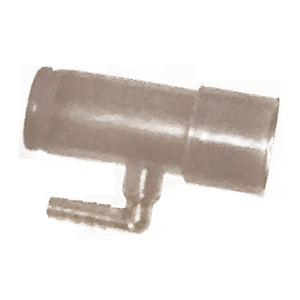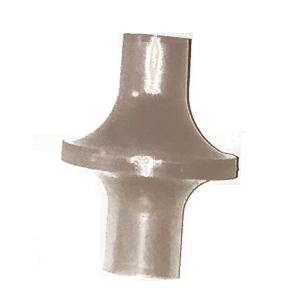COVID-19 patients frequently need oxygen and air support. Currently, this is done using ventilators through an invasive intubation process. As a result, there is a widespread shortage of mechanical ventilators. One solution to this shortage is the use of CPAP/BiPAP machines, which are traditionally used for sleep apnea. These machines can be requisitioned to segway COVID-19 patients on and off mechanical ventilators, in the early stages before intubation during critical care, and later stages when they are eased off ventilators. However, unlike mechanical ventilators, CPAP/BiPAP machines provide non-invasive breathing support that employs a non-closed-loop fluid circuit. Specifically, when a vented mask is employed with a CPAP machine, the pressurized air of the CPAP/BiPAP may aerosolize the virus, increasing the potential of environmental contamination and transmission of COVID-19 through the patient’s exhalation in the hospital.
To address this issue, we have developed guidance under the name NYU Tandon AirMOD, modifying a conventional CPAP circuits using off-the shelf components in three novel arrangements, creating safer closed-loop circuits. In all of these circuits we employ non-vented face masks instead of traditional vented masks, drastically limiting direct exhalation to the environment. In the simplest of three arrangements, namely the first arrangement, the face of a mask is attached to a viral filter that leads to a Tee-connector, which splits into two channels. In one channel, we connect an adjustable positive end-expiratory pressure (PEEP) valve from which the patient exhales. In the other channel, we connect an oxygen-enrichment adapter which, in turn, connects to the CPAP machine. In the second arrangement, a face mask, a viral filter, and a Tee-connector are assembled similar to the first arrangement. Next, in one channel of the Tee-connector, an elbow connector is attached, followed by a PEEP valve from which the patient exhales. On the other side of the Tee-connector, an additional Tee-connector is attached. One end of this Tee-connector leads to a PEEP valve, while the other end leads to an oxygen-enrichment adapter which, in turn, connects to the CPAP machine. Finally, the third arrangement follows a design similar to the third design; the only difference is the placement of two viral filters on either side of the first-mentioned Tee-connector. By supplying the patient with oxygen through the enrichment adapter, and by properly tuning the PEEP valves, the patient is provided both oxygen and air while being allowed to exhale. A viral filter is a critical component in this circuit that ensures the air leaving the circuit into the environment is safe for health care workers tending to a patient.
A BiPAP machine, by design, provides two levels of positive air pressure to the patient, high pressure for inhalation and low pressure for exhalation. This allows for a simpler design using only one viral filter, one PEEP valve, and one Tee connector (Figure 3).
With the NYU Tandon AirMOD, COVID-19 patients can be treated with CPAP/BiPAP machines without endangering the wellbeing of healthcare workers. Further additions to this circuit, including a negative pressure hood, the NYU Tandon AirVENT, are being developed as a redundancy to prevent COVID-19 aerosolization and infection.
We have no guidance for sterilization and recommend replacing all the components after the device is used with a COVID-19 patient.
